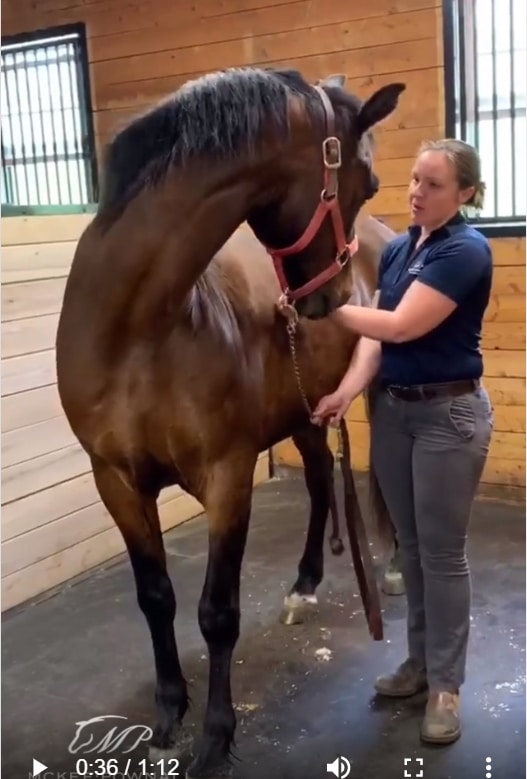You’re no doubt familiar with the old adage, “dangle a carrot” which means to tease or tempt someone into doing something they might not necessary want to do. Yes, we mean a bribe! And when it comes to our equine partners, a little food bribe can go a long way.

“Carrot stretches target muscles involved in stabilization of cervical vertebra, parts of the trapezius muscle, and depending on the range of motion the horse has, it can activate the abdominal and back muscles as the barrel bends,” explains Dr. Miletic. “All of these are helpful when riding because it allows the horse to become more supple and more comfortable (therefore more willing) under saddle. Improving proprioception is beneficial in so many ways, including more awareness over fences, improving hoof-eye coordination and improvement in flatwork exercise performance.”

